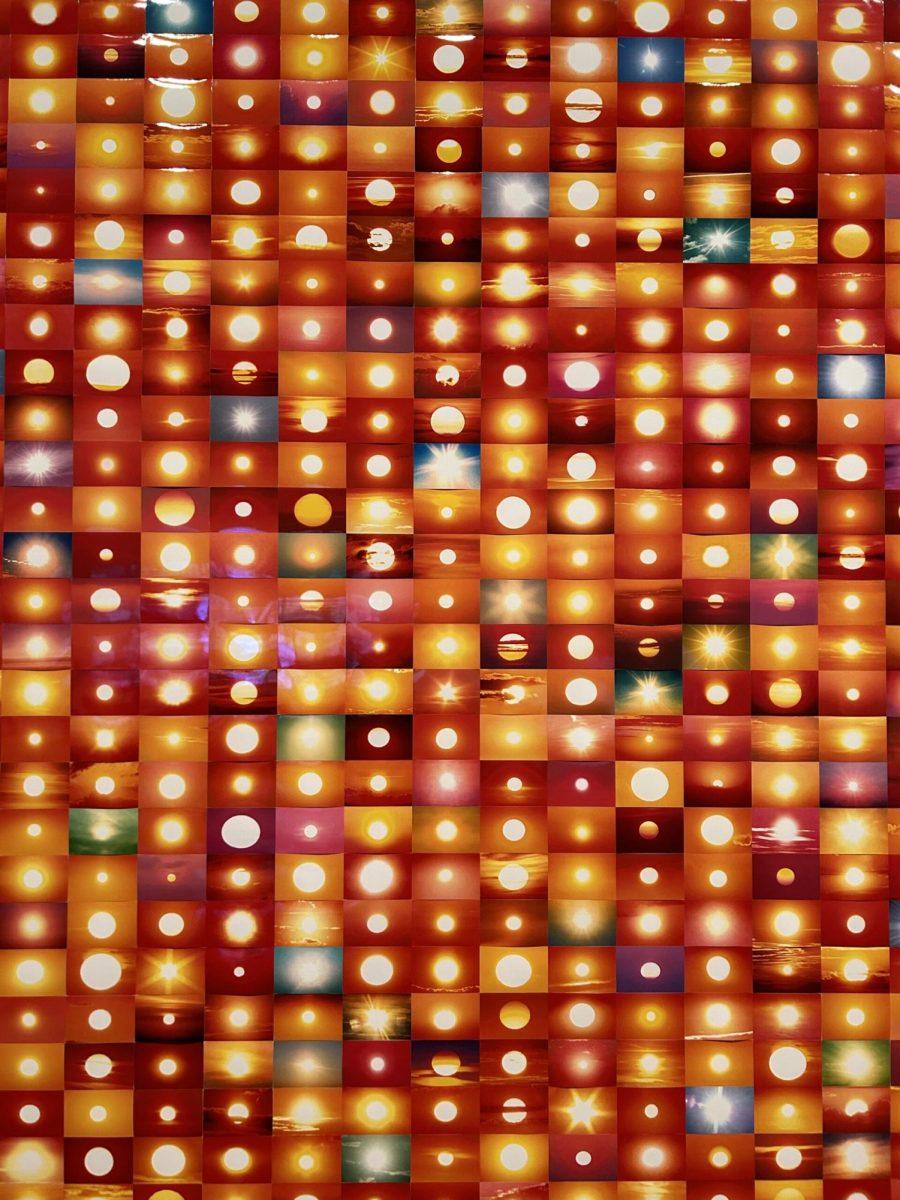“Message from Our Planet,” a traveling art exhibit from the Thoma Foundation, opened Feb. 19 at the Chazen Museum of Art, displaying 20 video, photography and light technology artworks by 19 artists from across the globe. Exhibit curator Jason Foumberg created the project to connect artists with the shared interest in exploring humanity and communicating it across time and space.
The exhibit was inspired by NASA’s Voyager 1, the farthest traveled spacecraft, which contains the “golden record” — a capsule of various artifacts and records of the human race, according to the exhibit.
Inspired by this interstellar time capsule, “Message from Our Planet” explores technology as a link between contemporary global citizens and future generations.
The artworks range from collages of colorful google images to montages of 3D imaging software — all utilizing technology as a medium for representing various dimensions of what it means to be a human on this planet, while also using the tools themselves to explore what technology really means.
Student museum guide Nathan Baker said people often think about technology as something modern, like phones and laptops. But in the art world and beyond, technologies are just tools, some of which have been used for generations, like stones, pencils and canvases.
https://badgerherald.com/news/2024/02/26/uw-alumn-bridges-ancient-archeology-with-modern-medicine-in-research/
Digital media is one of technology’s newest installments, which Baker believes is an emerging way for the public to interact with art and connect people across time and space.
The exhibit includes video collages, like “Lids and Straws“ by Christian Marclay, which depicts a series of single-use straws and lids moving like the arms of a clock — juxtaposing our frequent, short-lived encounters with plastic goods and the long non-biodegradable lives they will live after us.
The exhibit showcases contemporary technological devices like telephones, TVs and cameras to underscore how they capture the human experience and serve artifacts of humanity. For example, “Telephones” by Christian Marclay imagines the interconnectedness of humanity via telephones through a barrage of clips of actors from Hollywood’s favorite films answering their corded phones.
“Suns from Sunsets from Flickr (Partial)” by Penelope Umbrico also explores the connectivity of humans through an energetic collage of photographs of sunsets, encouraging viewers to think about the collective appreciation humans have for sunsets, as seen through the barrel of hundreds of handheld cameras.
The exhibit does not hold back from humanity’s shortcomings, with insightful pieces exploring the inequitable experience of urban communities living in poor housing conditions or the representation of Black Americans in the media.
The exhibit makes viewers ponder the role of technology in their lives as something more than a utility and question how they would encapsulate the human race in a spacecraft destined to be interpreted by something or someone in outer space.


